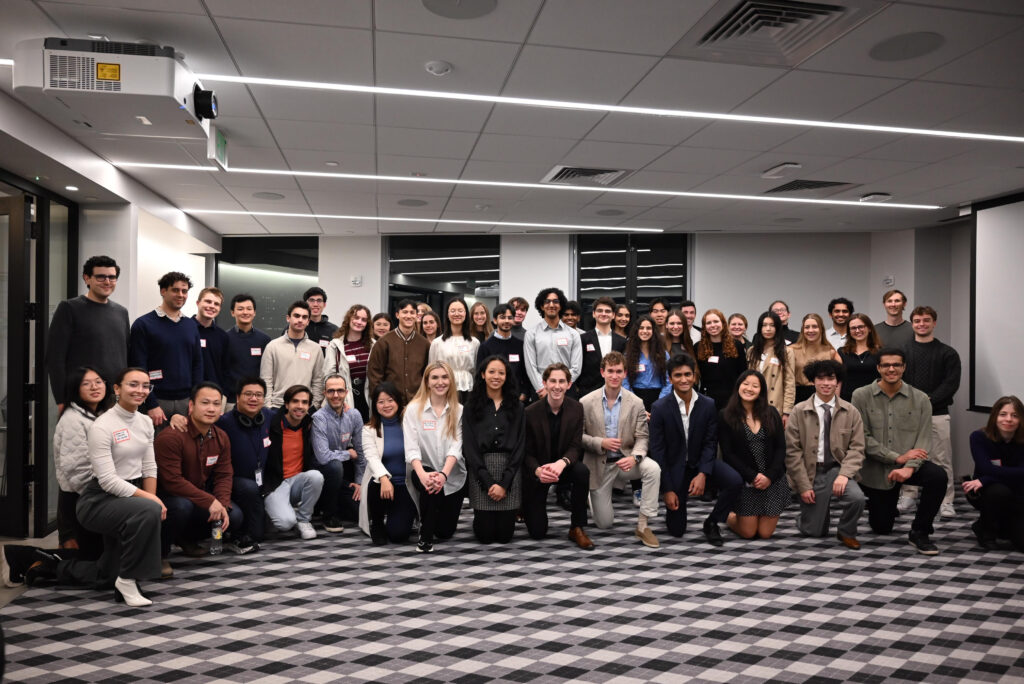“Epigenetic clocks can serve as pivotal biomarkers linking environmental exposures with biological aging.”
Could the air we breathe, the food we eat, or the chemicals in our everyday environment be accelerating our aging process? A recent study published in Aging suggests that exposure to certain environmental chemicals may be linked to faster biological aging through changes in DNA. These findings could have major implications for public health and longevity.
Understanding How Scientists Measure Aging at the DNA Level
Aging is not just about wrinkles and gray hair—it happens at the molecular level too. Scientists use epigenetic clocks to measure biological aging, which can differ from a person’s actual chronological age. These clocks track DNA methylation, a type of chemical modification that can change over time due to environmental factors like diet, pollution, and chemical exposure. Until now, there has been little research into how widespread environmental chemicals impact these aging markers.
The Study: Investigating the Impact of Environmental Pollutants on Aging
A research team led by first author Dennis Khodasevich and corresponding author Andres Cardenas from Stanford University, conducted an exposome-wide association study to examine how different environmental pollutants affect epigenetic aging. Using data from the National Health and Nutrition Examination Survey (NHANES), they analyzed blood and urine samples from 2,346 adults aged 50 to 84. The study measured 64 environmental chemicals, including heavy metals, pesticides, plastics, and tobacco-related compounds, to identify potential links to accelerated aging. The study titled “Exposome-wide association study of environmental chemical exposures and epigenetic aging in the national health and nutrition examination survey,” was published in Aging on February 11, 2025.
The Challenge: Unraveling the Complex Relationship Between Toxins and Aging
For years, scientists suspected that environmental toxins might contribute to aging, but most studies focused on a small set of chemicals. This work took a broader and more systematic approach to analyze a wide range of pollutants that people are commonly exposed to. The goal was to uncover previously unknown connections between chemical exposure and biological aging at the genetic level.
The Results: Environmental Chemicals That Speed Up Aging
The study identified several chemicals that were significantly associated with epigenetic age acceleration. One of the most concerning findings was the impact of cadmium, a toxic heavy metal found in cigarette smoke, industrial pollution, and some foods. Higher levels of cadmium in the blood were linked to faster aging across multiple epigenetic clocks.
Another key finding was the role of cotinine, a biomarker of tobacco exposure. People with higher levels of cotinine in their system showed signs of accelerated DNA aging, reinforcing the long-known link between smoking and premature aging.
The study also found that lead and dioxins, commonly found in industrial pollutants and certain processed foods, might contribute to biological aging. Interestingly, some pollutants, like certain polychlorinated biphenyls (PCBs), were associated with slower aging, though the health effects of these compounds remain unclear.
The Breakthrough: Why Cadmium and Smoking Are Major Aging Accelerators
This research highlights cadmium as a major environmental driver of aging. Since cadmium exposure comes from both smoking and diet, reducing it could be a key anti-aging strategy. The findings also provide further evidence that smoking is one of the most significant factors influencing epigenetic aging.
Reducing exposure to cigarette smoke, polluted air, and contaminated foods could help slow down DNA aging and potentially increase lifespan.
The Impact: How These Findings Can Influence Health Policies and Personal Choices
The results of this study could lead to stronger environmental regulations on heavy metals and toxic pollutants. Policymakers may push for stricter air quality standards, better food safety regulations, and more public health initiatives to reduce exposure to aging-accelerating chemicals.
For individuals, this research reinforces the importance of reducing exposure to toxins. Avoiding cigarette smoke, choosing organic and non-processed foods, and being mindful of products containing chemicals could help protect DNA health and promote longevity.
Future Perspectives and Conclusion
While this study provides strong evidence that environmental toxins influence aging, further research is needed to determine whether reducing exposure can slow down or even reverse epigenetic aging. Future studies could focus on younger populations and examine how lifestyle changes interact with these environmental exposures.
For now, taking steps to avoid cigarette smoke, limit exposure to heavy metals, and maintain a clean diet could be practical ways to protect long-term health and slow down biological aging.
By understanding how environmental pollutants impact aging, individuals and policymakers can make informed decisions that promote a longer, healthier life.
Click here to read the full research paper in Aging.
___
Aging is indexed by PubMed/Medline (abbreviated as “Aging (Albany NY)”), PubMed Central, Web of Science: Science Citation Index Expanded (abbreviated as “Aging‐US” and listed in the Cell Biology and Geriatrics & Gerontology categories), Scopus (abbreviated as “Aging” and listed in the Cell Biology and Aging categories), Biological Abstracts, BIOSIS Previews, EMBASE, META (Chan Zuckerberg Initiative) (2018-2022), and Dimensions (Digital Science).
Click here to subscribe to Aging publication updates.
For media inquiries, please contact [email protected].
